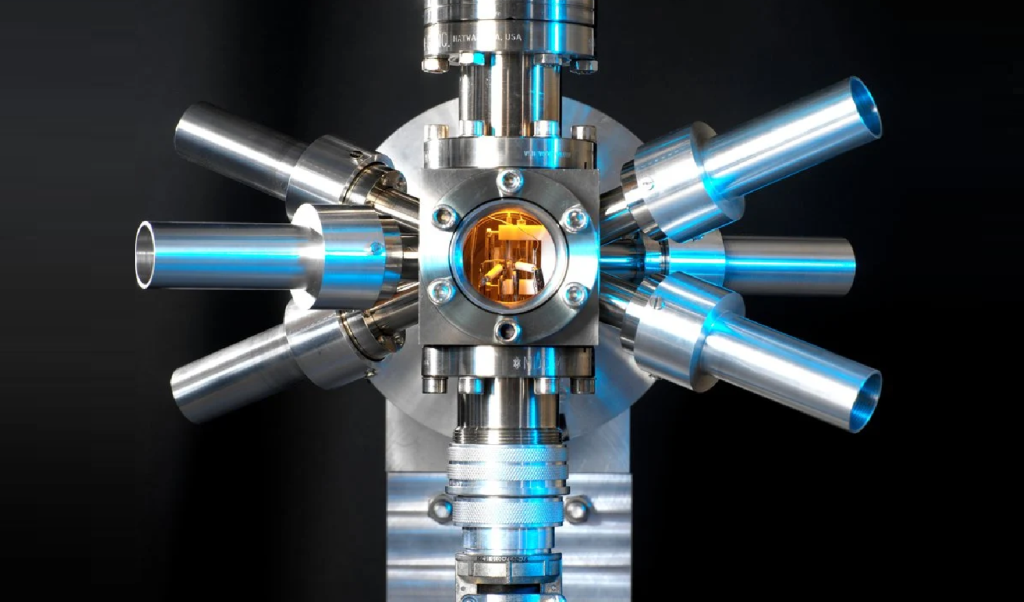We all know that watches are used to measure time, but just because they all have the same function doesn’t mean they are the same. Of all the types of clocks we can find, there are “atomic” clocks, which use microwaves of electrons to work and are more accurate.
These types of watches are essential in GPS and other current navigation systems, as they can be used in extreme conditions, where conventional physics works against measurements. The unique quality of these atomic clocks led a group of scientists to believe that they could lead a second revolution in quantum science.
atomic clock for everyone
Although accurate, what this group of scientists has proposed is to create a new model of the atomic clock that can be used in all fields, without this being a problem.
Today’s atomic clocks are often more accurate than electric clocks because they are based on the fundamental properties of the atoms inside them, which are always constant. However, they rely on lasers interacting with those atoms in order to work. This makes it difficult for many professionals, with the exception of physicists and biologists, to use these atomic clocks for the benefit of science.
That’s why scientists at the University of Innsbruck in Austria set out to develop a quantum algorithm that could be integrated into these specialized clocks to automatically redirect the laser.
“This is the one thing that atomic clocks need to become a sensation in the world of science.”
Peter Zoller, theoretical physicist at the University of Austria and project leader
How do atomic clocks benefit from quantum science?

A century ago, quantum physics successfully explained how atoms, paradoxes, and lasers worked for the world. All the essential elements to further decipher how the universe works.
However, since 1990 there has been no new progress in this field. Which greatly worries scientists, who believe a new discovery is necessary.
Hence, they see atomic clocks as a product full of scientific potential. After all, atomic clocks do much more than just tell time or location. They can be used to detect changes in time and space, as Einstein’s general theory of relativity suggests, or to detect deviations in time.
Which will also be useful to us. For example, we could have an aircraft with an atomic clock to detect turbulence early. Or ships capable of finding natural resources hidden underground.
Revolutionizing quantum science takes time

But let’s not jump too far, because so far the team has only been able to build a programmable quantum sensor consisting of 26 ions. Something like the “gear” of an atomic clock.
This quantum sensor follows the principle of quantum entanglement which, in short, seeks to link the inner atoms of the atomic clock with heat so that they reproduce. Which translates to an increase in energy and internal accuracy.
However, they still need to build an atomic clock that can power it and they hope it will have the effect they want, which is essentially to “revolutionize quantum science with mechanical precision.”
So we still have to wait a bit to see if these watches have become fashionable or if they are getting old fashioned.
References:
New atomic clocks could herald a second quantum revolution https://www.inverse.com/innovation/quantum-atomic-clock
What is the atomic clock? https://www.nasa.gov/feature/jpl/what-is-an-atomic-clock

“Social media evangelist. Student. Reader. Troublemaker. Typical introvert.”


:quality(85)/cloudfront-us-east-1.images.arcpublishing.com/infobae/7TXNTX4Z6ZADNGBBYTUT45QETM.jpg)
:quality(85)/cloudfront-us-east-1.images.arcpublishing.com/infobae/TR43PX4FQRCGJOYTK6DVVHHXGE.jpg)


More Stories
National Academy of Medicine and PAHO present reports of the Colombia General Physician Competency Forum – PAHO/WHO
Academic excellence in medical sciences is recognized at Granma.
Medical simulation has revolutionized the training of doctors in the country.